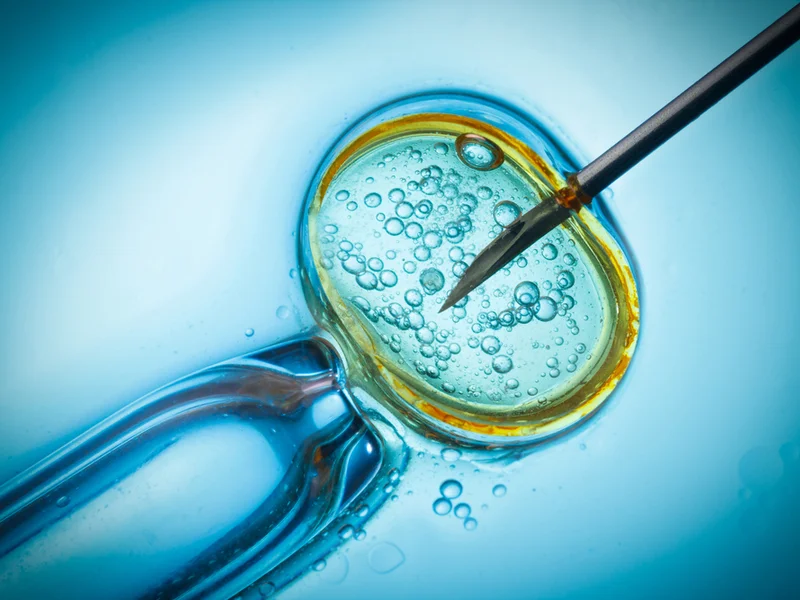Enhancing Success: Understanding the IMSI Method in IVF
In the world of assisted reproductive technology (ART), advancements continue to revolutionize the field of in vitro fertilization (IVF). One such advancement is the Intracytoplasmic Morphologically Selected Sperm Injection (IMSI) method. This specialized technique offers improved sperm selection for IVF, enhancing the chances of successful fertilization and ultimately increasing the likelihood of a healthy pregnancy. In this blog post, we will explore the IMSI method, its benefits, and its role in IVF treatment.
What is IMSI?
IMSI, or Intracytoplasmic Morphologically Selected Sperm Injection, is a refinement of the traditional ICSI (Intracytoplasmic Sperm Injection) method used in IVF. While ICSI involves selecting and injecting a single sperm into an egg, IMSI takes the process a step further by utilizing advanced microscopy technology to assess sperm morphology in greater detail.
The IMSI Procedure
During the IMSI procedure, high-magnification microscopy is employed to magnify the sperm cells by up to 6,000 times. This level of magnification allows embryologists to assess the sperm’s morphology with much greater precision. By examining the sperm at such a detailed level, they can identify and select sperm with the highest quality and optimal morphology, improving the chances of successful fertilization.
Benefits of IMSI
The IMSI method offers several benefits that contribute to its growing popularity in the field of IVF:
- Enhanced Sperm Selection: IMSI provides a more accurate assessment of sperm morphology, allowing embryologists to identify sperm with the best shape, size, and structural integrity. By selecting sperm with optimal morphology, the chances of successful fertilization and embryo development are significantly improved.
- Increased Pregnancy Rates: The meticulous selection of sperm through IMSI can lead to improved pregnancy rates in couples undergoing IVF. By choosing the highest quality sperm, embryologists can optimize the chances of achieving a successful pregnancy and a healthy baby.
- Reduced Risk of Genetic Abnormalities: The IMSI method’s detailed examination of sperm morphology helps identify sperm with potential genetic abnormalities, such as DNA fragmentation or structural defects. By selecting healthier sperm, the risk of passing on genetic abnormalities to the embryo is minimized.
- Improved Embryo Quality: With the use of IMSI, the quality of embryos produced during IVF treatment can be significantly enhanced. By using sperm with optimal morphology, the resulting embryos are more likely to have the potential for successful implantation and development.
Considerations for IMSI
While the IMSI method offers notable benefits, it’s important to consider certain factors:
- Time and Expertise: The IMSI technique requires specialized equipment and skilled embryologists trained in the use of high-magnification microscopy. Not all fertility clinics may offer IMSI, so it’s essential to choose a reputable clinic with expertise in this advanced technique.
- Cost: The IMSI method may incur additional costs compared to traditional ICSI. It’s important to discuss the financial implications with the fertility clinic and consider whether the potential benefits outweigh the associated expenses.
- Individual Factors: The decision to pursue IMSI should be made in consultation with a fertility specialist who can assess individual circumstances. Factors such as sperm quality, previous treatment outcomes, and overall fertility status will be taken into account when determining the most appropriate course of action.
In conclusion, the IMSI method represents a significant advancement in IVF technology, providing improved sperm selection and enhancing the chances of successful fertilization and pregnancy. By utilizing high-magnification microscopy to select sperm with optimal morphology, fertility specialists can maximize the potential.
If you want additional information please check out Crown IVF’s website about the IMSI method.
Also make sure to check out our previous blog post about the IUI procedure.
Make sure to check in daily for more blog posts about IVF, and information about Cyprus.









 Improves mood
Improves mood
 Co-parenting
Co-parenting